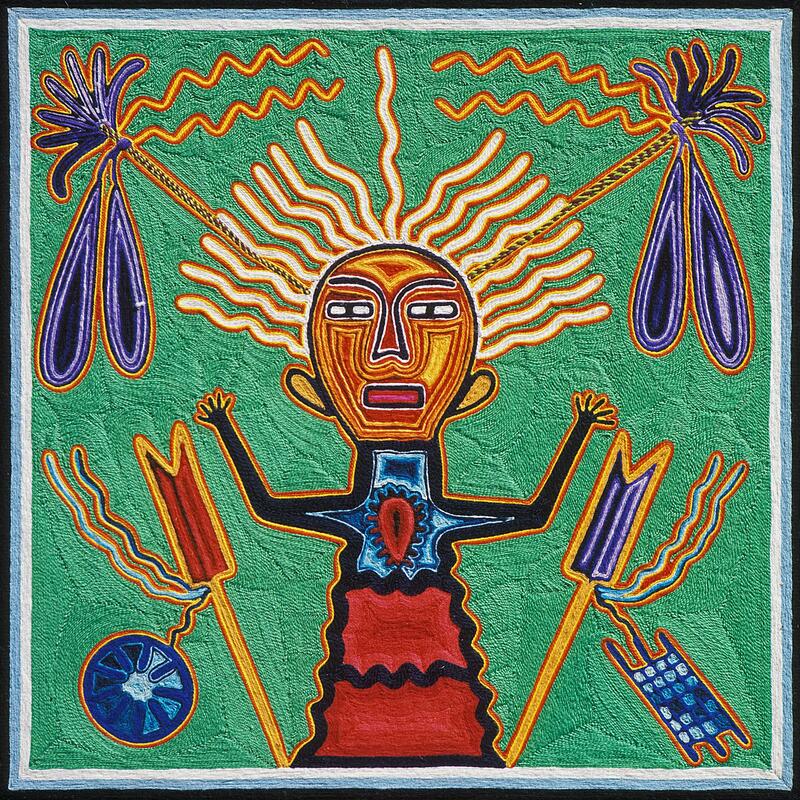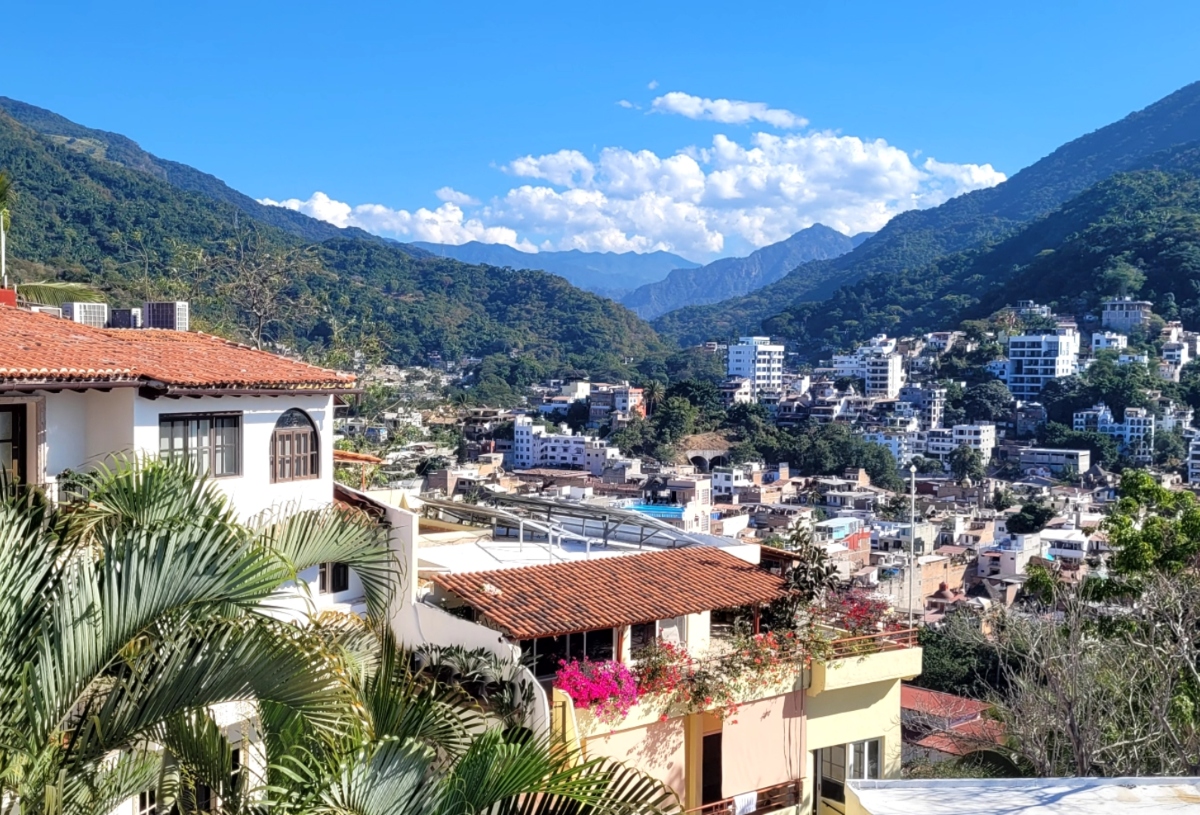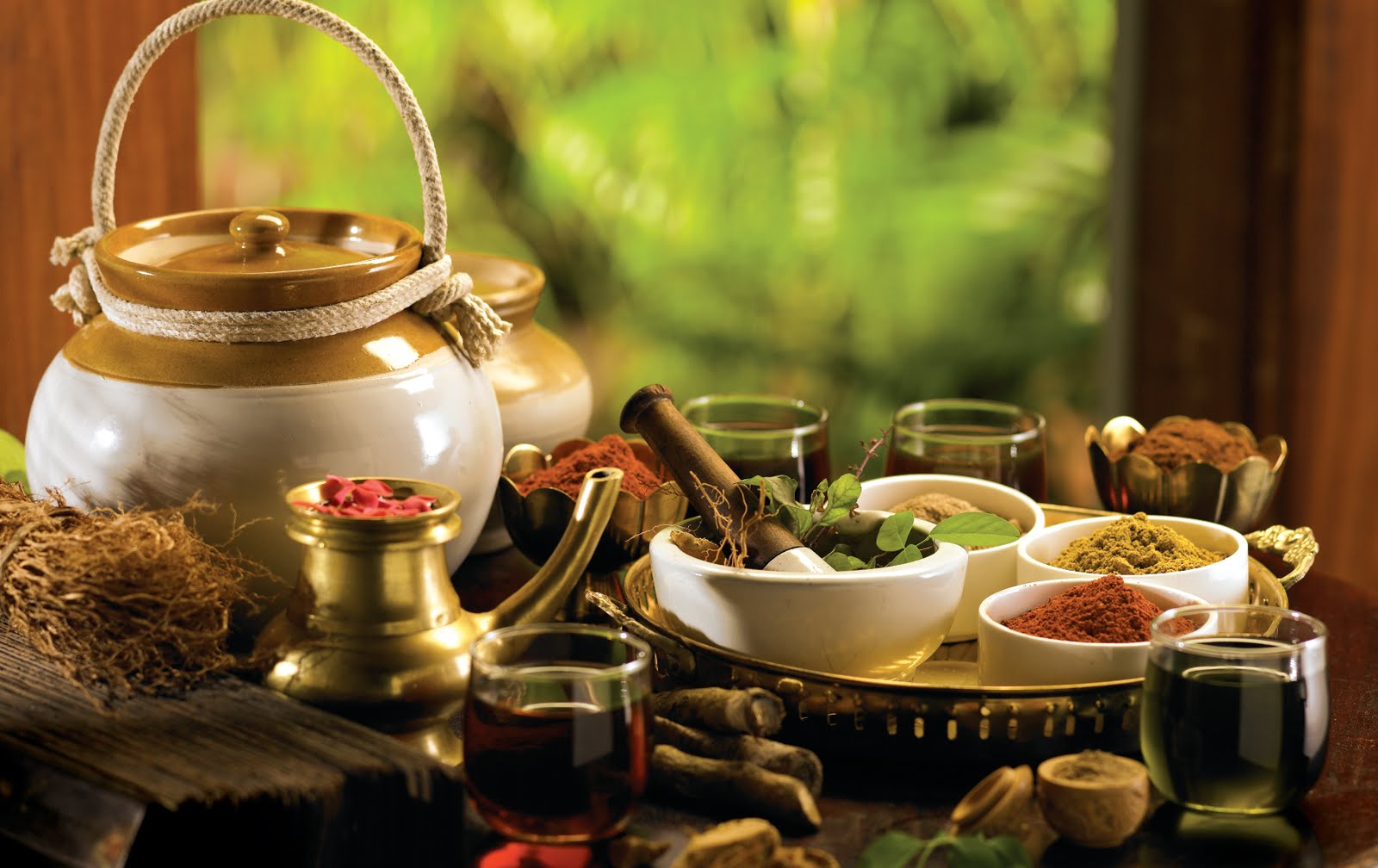
Wixarikas, Wirraricas or Huicholes?
September 29, 2021
Have you ever wondered what an ethnic group is? Or which is the predominant one in your state? Are they the Wixarikas, Wirraricas or Huicholes? Are they the same people, perhaps?
Here are the answers to those questions. We will tell you about the legend around one of the most important of their ancestors. We hope you will enjoy it as much as we did.
An ethnic group is a set of people sharing the same culture and language. In Jalisco there are 12 ethnic groups. The largest one with 11,903 inhabitants and accounting for the 42.85% of them, is the Wirrarikas or Wixarikas.

The Wirrarikas (The People), also known as Huicholes, live in the Western Sierra Madre in the states of Zacatecas, Durango, Jalisco and Nayarit. Although Huicholes is their most popular name, but they prefer Wirrarikas. The latter is what they call themselves, while the former is what Mexicas derisively called them.
Where do they come from?
Their origin is not completely clear, but many historians have mentioned that they might be a Yuto-Aztec mix. The community is very jealous of its origins and traditions and quite distrustful, so they hardly welcome outsiders. In the state of Nayarit they are more open in this regard. That may be because they have a better relationship with other ethnic groups as the Coras, for example.
Their basic philosophy lies on 3 deities or bigger brothers as they call them: Tatewari (fire), Tatiei Matinieri (water), Tamatz Kayumari (deer’s tail). All of them are descendants of or can be seen as reincarnations of Tau (Sun). Another very important identity within their religious beliefs is the peyote (Hikuri). Here is the legend that narrates the encounter with this spirit:
The elders say that long time ago in the Wirrarika Mountains the grandfathers had a gathering. They talked about the situation of illnesses; food and water scarcity their people was going through; and land’s dryness. They decided to send four young men from the community hunting, with the mission of finding food for everyone. It didn´t matter if it was abundant or not. Each of the youngsters represented an element: water, air, fire, and land.
Also from the author: Mexican Independence Trivia
The youngster set off the following morning; each one carried his bow and arrows. They walked for days until a large and fat deer leapt from the bushes. The young men were tired and hungry but when they saw the deer, they forgot it all. They started to chase it keeping it in sight. The deer saw them and felt sympathy for them. It let them rest one night and the following morning woke them up to continue the pursuit.
And then Hikuri showed himself to the Wixarikas
Weeks went by like that until they reached Wirikuta (in the San Luis Potosí Desert, and sacred way of Huicholes). They were just at the gate of the Narices Mountain, where the Land’s Spirit lives. The four men saw how the deer leapt towards that direction and went after it, but couldn’t find it. Suddenly one of them shot an arrow that went into a large deer shape on the land made by peyote plants. They all shone as much as the sun, like emeralds looking into one single direction. The confused young men decided to cut the plants making the deer shape (marratutuyari) and take them to their people.

After weeks of walking, they reached their town, where the grandfathers were waiting for them. They told their experience and delivered the peyote (hikuri) to everybody. After a while, it healed and fed them and quenched their thirst. From that time on, the Huicholes worship the peyote, which is at once deer and corn, their guide spirit. Every year so far, they keep walking and pilgrimaging, keeping alive the route of the Huichol Mountains to Wirikuta, to ask God for rains, food, and health for their community.
------ADVERTISEMENT------
------ADVERTISEMENT------
------ADVERTISEMENT------
------ADVERTISEMENT------


